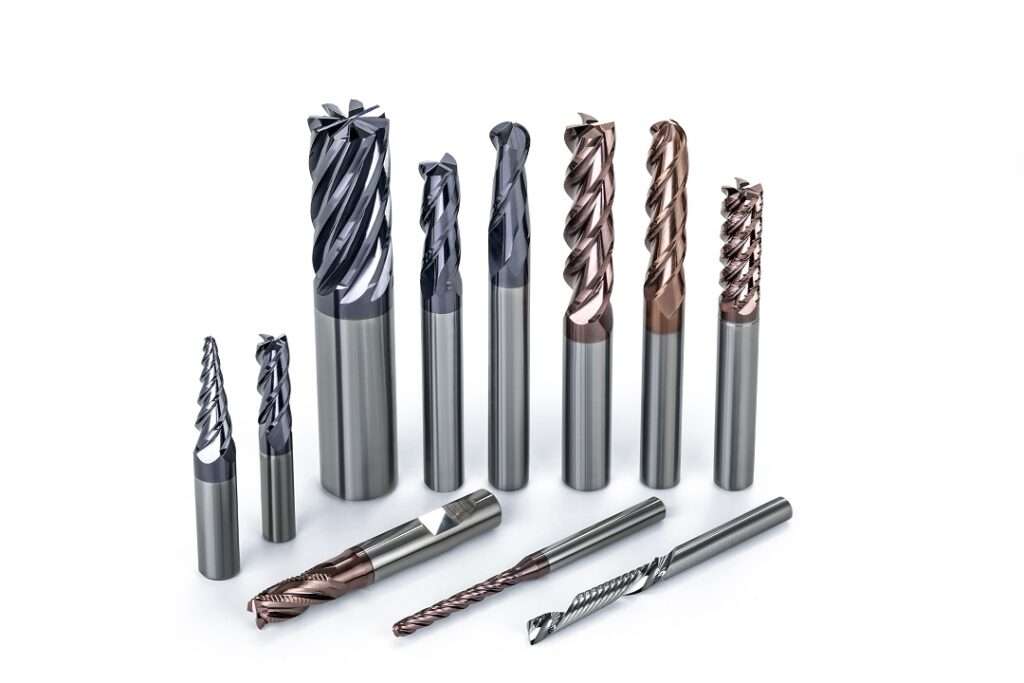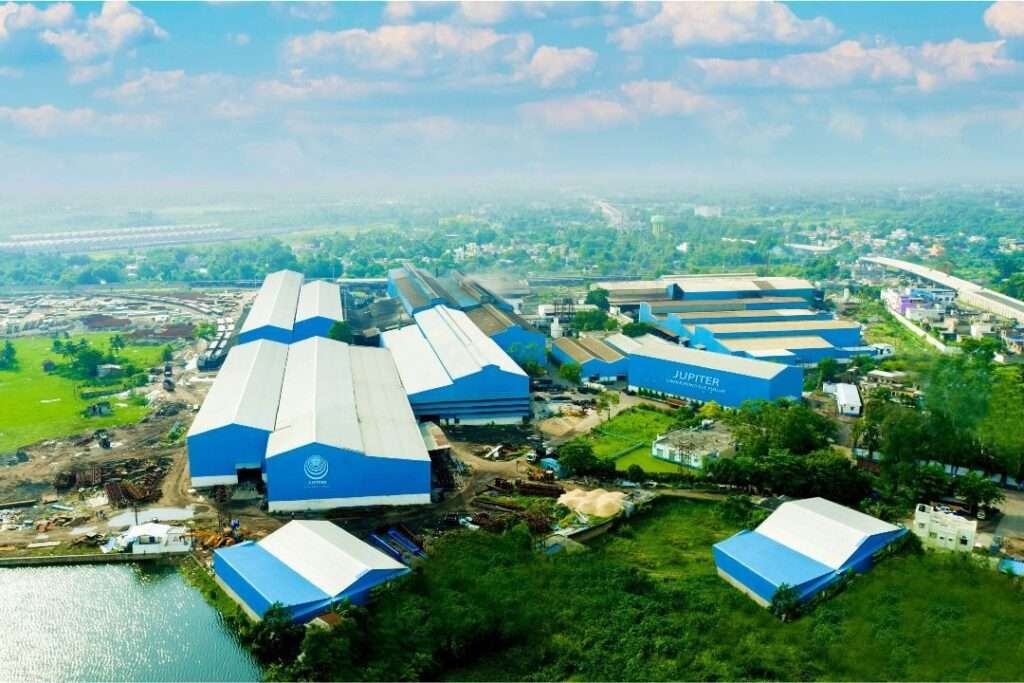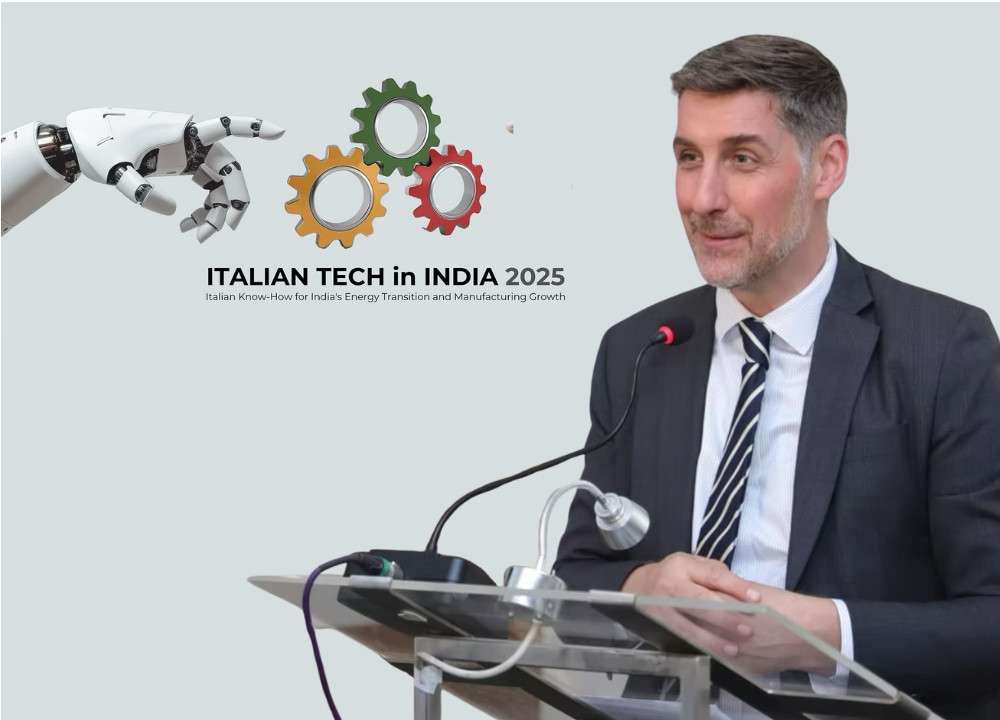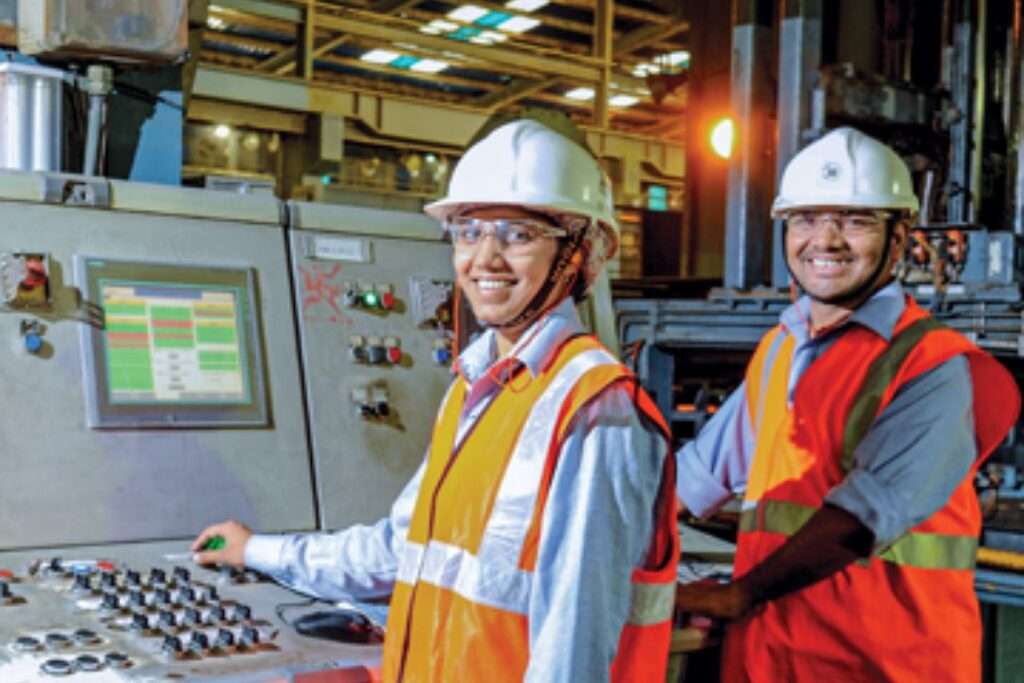TVS Motor Co, Bajaj Auto, and Hero Motocorp, three leading internal combustion engine (ICE) two-wheeler manufacturers, have made significant strides in shifting the balance of power within the electric two-wheeler (e2w) market. According to recent data from the government’s Vahan portal, these three ICE OEMs together sold over 38,000 units in August.
This figure is nearly equivalent to the combined sales of electric-first companies Ather Energy and Ola Electric, which approached the 38,000 unit mark but fell slightly short. Meanwhile, other once-dominant names in the electric two-wheeler sector, including Hero Electric, Hop Electric, Okinawa, Okaya, and Tork Motors, have experienced a significant downturn, with sales dwindling to just a few hundred units, and in some cases, fewer than ten units for the month.
In August, the ICE OEMs managed to capture more than 43% of the total e2w market, a notable increase from their nearly 39% share in July. This shift in market share represents a gain of almost four percentage points for the ICE OEMs, which came at the expense of Ather and Ola, who experienced a decline. The two electric-first OEMs saw their combined market share drop from approximately 47.9% in July to around 43% in August.
Ola Electric, which had been the largest player in the e2w sector, saw a significant decrease in its market share, falling to about 31% in August from nearly 39% the previous month. Bajaj Auto emerged as the biggest gainer, increasing its share to over 18% in August from less than 16% in July.
Overall, the e2w market witnessed a considerable decline from month to month, with total retail figures in August standing just above 88,000 units, down from over 107,000 units in July. This drop in sales can be attributed to the current purchase subsidy levels, which remain relatively low at INR 5,000 per vehicle. Insiders suggest that any future subsidy schemes may not offer increased support for electric two-wheelers.
Since the beginning of the fiscal year, the subsidy regime has been governed by the Electric Mobility Promotion Scheme (EMPS), a transitional measure pending the introduction of a new edition of the Faster Adoption & Manufacturing of Electric Vehicles (FAME) scheme by the government. Historically, subsidies for electric two-wheelers were administered under various editions of the FAME scheme before the implementation of EMPS.
The second edition of FAME, known as FAME II, expired on March 31, having already reduced the subsidy amount significantly. Initially, FAME II provided a subsidy of about 45% of the vehicle cost or INR 30,000 per kWh, which was gradually reduced to INR 15,000 per kWh and eventually to INR 5,000 per kWh.
With the EMPS set to conclude in September, there is uncertainty about the specifics of the forthcoming FAME III scheme, leading to speculation that the EMPS might be extended for a month or two beyond its current end date. An industry expert close to these developments mentioned that an extension of EMPS could occur until the FAME III guidelines are finalized by the government.
The downturn in overall e2w sales in August is also viewed through the lens of the shifting subsidy landscape. The market anticipates a potential rebound in September as buyers respond to the uncertainty surrounding the future of the subsidy regime.
The ICE OEMs have prepared to capitalize on this shift with new products priced below INR 100,000, aiming to challenge the dominance of Ather and Ola in the electric two-wheeler market. Bajaj Auto, for instance, has introduced the Chetak 2901, its first offering priced below INR 100,000. The company is also expanding its distribution network, having increased its number of stores from 250 in June to nearly 500 by the end of July, with plans to reach 1,000 stores by September.
This expansion is expected to significantly boost Chetak’s market presence. As noted by Executive Director Rakesh Sharma, Bajaj’s market share in the sub-INR 100,000 segment is expected to improve, as the company seeks to grow its footprint in this price-sensitive category.
The Chetak 2901 is priced between INR 96,000 and 1,00,000. Other companies, including Ola, TVS, and several others, have also launched products in the sub-INR 100,000 segment in recent months, targeting budget-conscious consumers who prioritize affordability over additional features. Ather has introduced the Rizta, a family scooter priced just above INR 100,000. Meanwhile, Ola has reduced the prices of its SX1 series to make them more competitive, ensuring that the lineup starts below the INR 100,000 mark.








